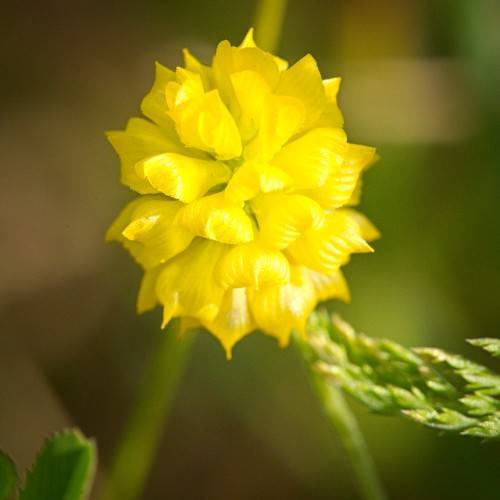
black medic
Medicago lupulina
Cycle:
Perennial
Watering:
Minimal
Hardiness Zone:
6
Flowers:
Flowers In Summer
Sun:
Full sun
Fruits:
Fruits In Autumn Ready In Fall
Leaf:
Yes
Growth Rate:
Low
Drought Tolerant:
Yes
Salt Tolerant:
Yes
Care Level:
Easy
watering
Pineapple weed (Matricaria discoidea) prefers consistently moist soil, especially when growing in warm summer months. It should be watered about once a week, preferably early in the morning or late afternoon, to ensure that the soil moisture does not evaporate quickly in the sun. For best results, water until the top inch of soil is moist but not soggy. If the soil is dry on the surface, the plant is likely in need of water. If in doubt, always check the soil before watering.
sunlight
Pineapple weed (Matricaria discoidea) prefers full sun exposure for best growth and production of flowers and fruits. It should be placed in a location that receives 6-8 hours of direct sunlight each day during the growing season. In cooler climates or shady areas, more sunlight may be necessary to ensure proper development. In addition, this plant should not be exposed to extreme temperatures, such as those near a cooling system or air conditioning unit. During the hottest part of the day, it should be sheltered from direct sunlight to prevent scorching or wilting.
pruning
Pineapple weed generally should be pruned in early spring, when the new buds are starting to show. Working between the end of February and beginning of April is the best timing, as long as the temperatures are above 0 Celsius (32 degrees Fahrenheit). The idea is to only prune away old, worn-out stems and leaves to make room for the new growth. Pruning should be done lightly, removing no more than 20% of the plant’s total mass – any more than that can put too much stress on the plant and reduce flower production. Pruning also helps to keep the shape of the plant looking tidy and encourages new growth.
